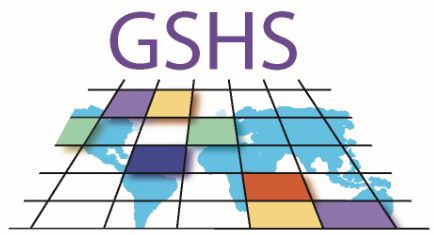Risk Factors of Suicide Attempt among Adolescents with Suicide Ideation in Low- and Middle-Income Countries across the Globe
Research article
Abstract
Suicide is a serious public health problem for adolescents. Based on the framework of ideation-to-action, it is important to examine the factors associated with the translation from suicide ideation to suicide attempt.
The present study aimed to investigate the risk factors of suicide attempts among adolescents with suicide ideation in low-income and middle-income countries (LMICs).
The researchers analyzed data of students aged 12 to 18 years who participated in the 2009–2013 Global School-based Health Surveys (GSHS) in 39 LMICs.
The researchers used the Chi-square test to compare the prevalence of suicide attempts among participants with suicide ideation. Then the researchers employed the multilevel logistic regression model to identify significant factors associated with suicide attempts among suicide ideators.
Global School-based Health Surveys
The Global School-based Student Health Survey (GSHS) measures behavioural risk factors and protective factors in 10 key areas among young people aged 13 to 17 years.
Among 22,655 adolescents with suicide ideation, 55.1% of them reported having made a suicide attempt in the past year.
Loneliness, anxiety, alcohol use, and other drug use were risk factors for suicide attempts among suicide ideators.
Strategies should be implemented to reduce the likelihood of adolescents acting on their suicidal thoughts, such as community psychological crisis line, school-based mental health and skills training programs, and family support for adolescents with psychological problems.
Study findings on alcohol and suicide ideation and attempts
Loneliness, anxiety, alcohol use, drug use, and close friend were positively associated with suicide attempts, while parental support was not associated with suicide attempts among ideators.
The risk factors linked with suicide attempts among adolescents with suicide ideation are:
- Other drug use (OR = 1.797),
- Alcohol use (OR = 1.703),
- Anxiety (OR = 1.543),
- Loneliness (OR = 1.464), and
- Close friend (OR = 1.241) were risk factors for suicide attempt among suicide ideators.
Alcohol use and other drug use associated with impulse control are important risk factors.
Research supports the study result: elevated levels of alcohol use have been found more among suicide attempters in comparison to suicide ideators.
Previous studies indicate that adolescents who use alcohol or other drugs have lower impulse control, and impulsivity is considered to be one of the distinguishing factors between ideators and attempters. This study results support the hypothesis that behavioral inhibition may act as a catalyst in the transition from ideation to action.
Info box: selected countries in the study
Africa
- Ghana,
- Malawi,
- Namibia,
Americas
- Argentina,
- Bolivia,
- Uruguay, and
- Several Caribbean countries
Asia
- Cambodia,
- Mongolia,
- Philippines
More about the Global School-based Student Health Survey (GSHS)
The GSHS was developed by WHO in collaboration with UNICEF, UNESCO, and UN AIDS, and with technical assistance from the CDC.
The GSHS measures behavioural risk factors and protective factors in 10 key areas among young people aged 13 to 17 years.
The GSHS is a relatively low-cost school-based survey which uses a self-administered questionnaire to obtain data on young people’s health behaviour and protective factors related to the leading causes of morbidity and mortality among children and adults worldwide.

